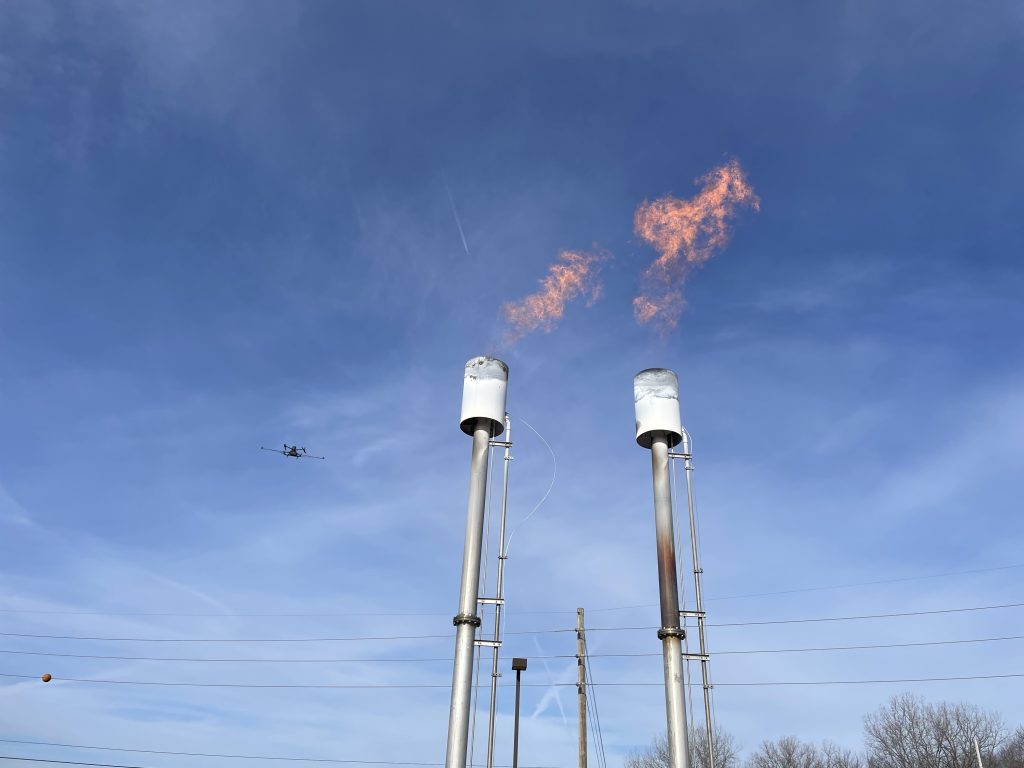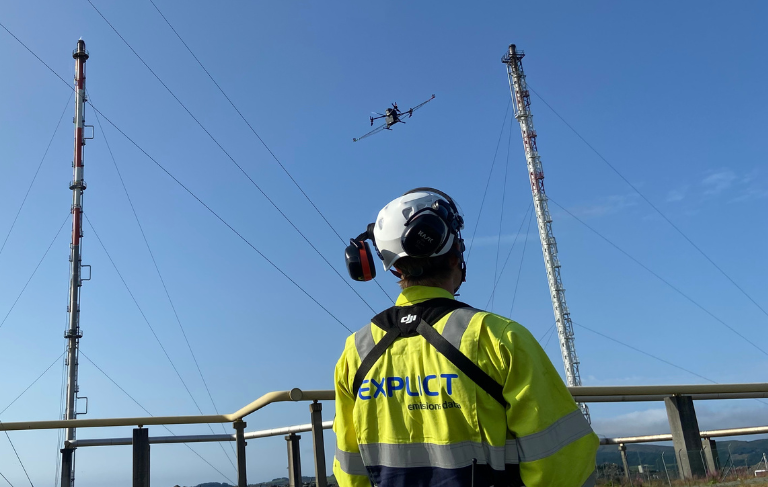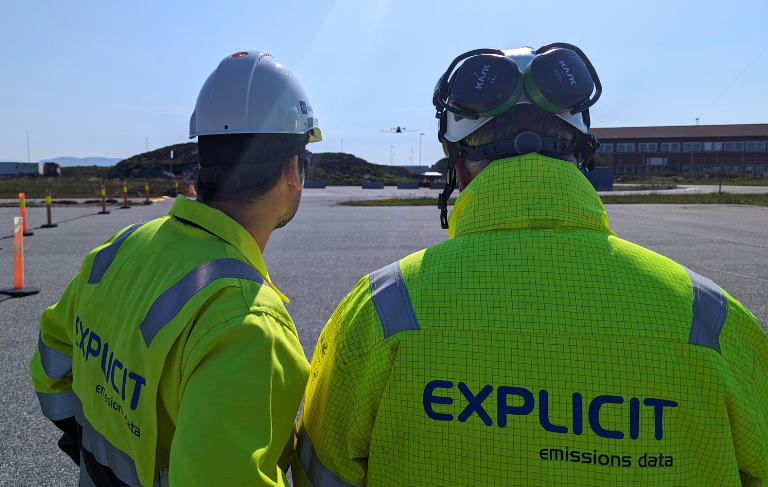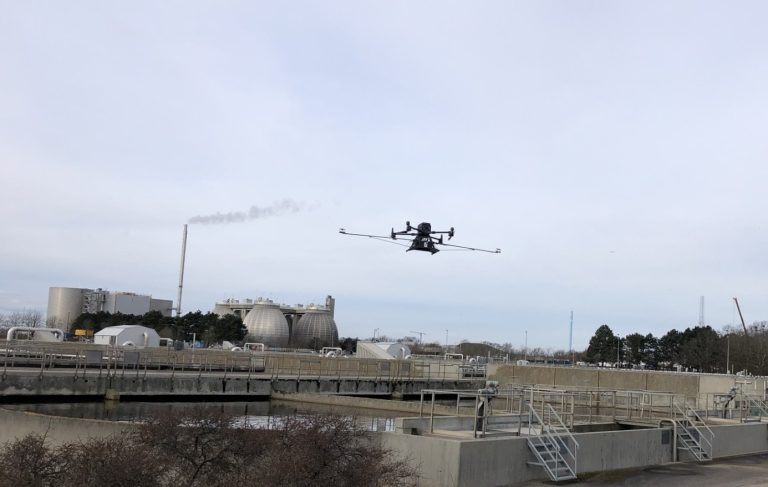At Explicit, we work with operators around the world to help them better understand and optimise their flare operations through accurate, data-driven measurement of destruction removal efficiency (DRE).
DRE is the ability of a flare system to convert or destroy hydrocarbon emissions through combustion. It is a key indicator of how effectively climate-damaging gases are being transformed into safer by-products, such as water vapour and carbon dioxide.
Understanding and improving your DRE is not just about regulatory compliance – it’s about environmental responsibility and operational excellence.
Why is DRE Important?
Here are the three main reasons why DRE is critical to monitor and optimise:
- Environmental impact: high DRE means a higher percentage of harmful emissions are destroyed, reducing the environmental impact of flaring. Low DRE can lead to considerable amounts of unburned hydrocarbons released into the atmosphere, contributing to both air pollution and climate change.
- Safety and regulatory compliance: various jurisdictions have regulations in place on flare performance and emissions. High DRE values can help operators demonstrate compliance. Initiatives such as OGMP 2.0 require Level 5 reporting for oil and gas assets, meaning reconciling DRE from airborne measurements with process data becomes essential.
- Operational efficiency: optimising and understanding of DRE leads to safer, more efficient flare operations, generating less waste and reducing costs related to fuel use and emission management.
What affects DRE?
Several factors can influence flare destruction removal efficiency, including:
- Flare type and specifications: the design and condition of ground flares, elevated flares, or enclosed flares, including burner efficiency and flame stability, play a significant role for DRE.
- Operating conditions: temperature, pressure, and flow rate during flaring can affect combustion efficiency.
- Gas composition: the combustibility of the flared gas matters. High concentrations of inert gases can lower the DRE values.
- Crosswinds: wind conditions can cool the flame and reduce combustion, lowering DRE.
- Air or steam assistance: improper use of air or steam can significantly reduce combustion efficiency if the flare gas to injected air/steam ratio is not well balanced.
Assumptions vs. reality
When assessing flare performance, several assumptions are often made, but real-world conditions may differ:
- Pilot flames: it’s assumed they are always lit, but without tools like FLIR imaging technology, unlit pilot flames and cold venting can go unnoticed.
- Flame temperature: even an active-looking flame can have low net heating value, resulting in unstable combustion and lower DRE.
- Gas mixture at the flame: while a methane-rich mix usually supports high DRE, high inert gas content can lower efficiency. Gas mixtures with >90% methane generally lead to better efficiency.
- Flare tip condition
A good flare tip condition is essential, as damaged or poorly designed flare tips can significantly reduce combustion and DRE performance.
Final thoughts
Gas flaring continues to be a significant environmental and operational concern, with large volumes of flare gas released globally. Recovering this flare gas to generate energy is one sustainable option. However, as flares are primarily safety devices alleviating during overpressurisation, startups, and shutdowns, understanding the DRE baseline is essential for better efficiency and optimisation.
At Explicit, we provide reliable, accurate, and data-driven assessments to close the gap between assumptions and reality. We help operators understand their DRE to support compliance, environmental goals, and operational optimisation.
Learn more about how we measure DRE using sniffer drones.




